AWS Solutions Architect Syllabus (SAA-C03): Exam Domains, Topics & Study Guide (2025 Update)
Introduction Planning to become an AWS Certified Solutions Architect - Associate? Passing the SAA-C03 exam is a significant step in validating your cloud expertise and boosting your career. But before diving into preparation, understanding the official AWS Solutions Architect syllabus is paramount. This syllabus acts as your roadmap, outlining the specific knowledge domains and skills tested in the exam. This comprehensive guide breaks down the AWS Solutions Architect Associate (SAA-C03) syllabus in detail. We'll explore each domain, its weightage, key task statements, and the essential AWS services and concepts you need to master. Whether you're just starting your study journey or looking for a structured overview, this breakdown of the AWS SAA-C03 syllabus is for you. Why is the AWS Solutions Architect Certification (SAA-C03) So Valuable? The AWS Certified Solutions Architect - Associate certification is consistently ranked among the top-paying and most in-demand IT certifications globally. Why? Industry Recognition: It validates your ability to design and implement well-architected solutions on AWS. Career Advancement: Opens doors to roles like Cloud Architect, Cloud Engineer, and DevOps Engineer. Enhanced Skills: The preparation process deepens your understanding of core AWS services and best practices according to the AWS Well-Architected Framework. Business Value: Certified professionals help organizations build secure, scalable, cost-effective, and resilient cloud infrastructures. Understanding the AWS Solutions Architect syllabus is the first crucial step towards achieving this valuable credential. AWS Solutions Architect Associate (SAA-C03) Syllabus Breakdown The SAA-C03 exam evaluates your ability across four distinct domains, each with a specific weighting. Let's dive into the official AWS Solutions Architect syllabus: Domain 1: Design Secure Architectures (30% of Exam) This domain carries the heaviest weight, emphasizing your ability to design secure AWS environments. It covers secure access, workload protection, and data security mechanisms. Task 1: Design secure access to AWS resources. Focus Areas: Implementing AWS Identity and Access Management (IAM) best practices (users, groups, roles, policies), multi-factor authentication (MFA), AWS Security Token Service (STS), cross-account access, AWS Single Sign-On (AWS SSO), AWS Control Tower, service control policies (SCPs), resource policies, directory service federation. Task 2: Design secure workloads and applications. Focus Areas: Designing secure Virtual Private Cloud (VPC) architectures (subnets, security groups, network ACLs, NAT gateways), network segmentation, securing application access using services like AWS WAF, AWS Shield, and AWS Secrets Manager, securing external connections (AWS Direct Connect, VPN), understanding AWS service endpoints. Task 3: Determine appropriate data security controls. Focus Areas: Data encryption at rest and in transit (AWS Key Management Service - KMS, AWS Certificate Manager - ACM, TLS), data backup and replication strategies, data retention and classification, encryption key management and rotation, aligning designs with compliance requirements. Domain 2: Design Resilient Architectures (26% of Exam) This section of the AWS Solutions Architect syllabus tests your ability to build systems that can withstand failures and recover quickly. Task 1: Design scalable and loosely coupled architectures. Focus Areas: Designing multi-tier, microservice, and event-driven architectures; selecting appropriate scaling strategies (Auto Scaling); choosing AWS services for loose coupling (SQS, SNS, Lambda, API Gateway); containerization (ECS, EKS) and serverless concepts (Lambda); selecting appropriate compute (EC2), storage (S3, EBS, EFS), networking, and database services based on requirements. Task 2: Design highly available and/or fault-tolerant architectures. Focus Areas: Designing for high availability across multiple Availability Zones (AZs) and Regions; implementing infrastructure health monitoring and automated recovery; understanding Route 53 for DNS and failover; data durability and backup strategies (S3 versions, cross-region replication); disaster recovery (DR) strategies (RPO/RTO); using AWS services to enhance legacy application resilience. Domain 3: Design High-Performing Architectures (24% of Exam) Performance optimization is key. This domain focuses on selecting the right AWS services and configurations to achieve speed and efficiency. Task 1: Determine high-performing and/or scalable storage solutions. Focus Areas: Choosing performant storage services (S3, EBS, EFS, FSx) and configurations (provisioned IOPS, S3 tiers, EFS performance modes); designing hybrid storage solutions (Storage Gateway); understanding storage performance metrics.
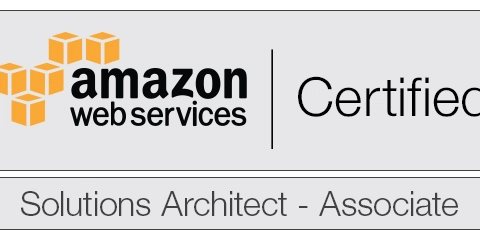
Introduction
Planning to become an AWS Certified Solutions Architect - Associate? Passing the SAA-C03 exam is a significant step in validating your cloud expertise and boosting your career. But before diving into preparation, understanding the official AWS Solutions Architect syllabus is paramount. This syllabus acts as your roadmap, outlining the specific knowledge domains and skills tested in the exam.
This comprehensive guide breaks down the AWS Solutions Architect Associate (SAA-C03) syllabus in detail. We'll explore each domain, its weightage, key task statements, and the essential AWS services and concepts you need to master. Whether you're just starting your study journey or looking for a structured overview, this breakdown of the AWS SAA-C03 syllabus is for you.
Why is the AWS Solutions Architect Certification (SAA-C03) So Valuable?
The AWS Certified Solutions Architect - Associate certification is consistently ranked among the top-paying and most in-demand IT certifications globally. Why?
- Industry Recognition: It validates your ability to design and implement well-architected solutions on AWS.
- Career Advancement: Opens doors to roles like Cloud Architect, Cloud Engineer, and DevOps Engineer.
- Enhanced Skills: The preparation process deepens your understanding of core AWS services and best practices according to the AWS Well-Architected Framework.
- Business Value: Certified professionals help organizations build secure, scalable, cost-effective, and resilient cloud infrastructures.
Understanding the AWS Solutions Architect syllabus is the first crucial step towards achieving this valuable credential.
AWS Solutions Architect Associate (SAA-C03) Syllabus Breakdown
The SAA-C03 exam evaluates your ability across four distinct domains, each with a specific weighting. Let's dive into the official AWS Solutions Architect syllabus:
Domain 1: Design Secure Architectures (30% of Exam)
This domain carries the heaviest weight, emphasizing your ability to design secure AWS environments. It covers secure access, workload protection, and data security mechanisms.
Task 1: Design secure access to AWS resources.
- Focus Areas: Implementing AWS Identity and Access Management (IAM) best practices (users, groups, roles, policies), multi-factor authentication (MFA), AWS Security Token Service (STS), cross-account access, AWS Single Sign-On (AWS SSO), AWS Control Tower, service control policies (SCPs), resource policies, directory service federation.
Task 2: Design secure workloads and applications.
- Focus Areas: Designing secure Virtual Private Cloud (VPC) architectures (subnets, security groups, network ACLs, NAT gateways), network segmentation, securing application access using services like AWS WAF, AWS Shield, and AWS Secrets Manager, securing external connections (AWS Direct Connect, VPN), understanding AWS service endpoints.
Task 3: Determine appropriate data security controls.
- Focus Areas: Data encryption at rest and in transit (AWS Key Management Service - KMS, AWS Certificate Manager - ACM, TLS), data backup and replication strategies, data retention and classification, encryption key management and rotation, aligning designs with compliance requirements.
Domain 2: Design Resilient Architectures (26% of Exam)
This section of the AWS Solutions Architect syllabus tests your ability to build systems that can withstand failures and recover quickly.
Task 1: Design scalable and loosely coupled architectures.
- Focus Areas: Designing multi-tier, microservice, and event-driven architectures; selecting appropriate scaling strategies (Auto Scaling); choosing AWS services for loose coupling (SQS, SNS, Lambda, API Gateway); containerization (ECS, EKS) and serverless concepts (Lambda); selecting appropriate compute (EC2), storage (S3, EBS, EFS), networking, and database services based on requirements.
Task 2: Design highly available and/or fault-tolerant architectures.
- Focus Areas: Designing for high availability across multiple Availability Zones (AZs) and Regions; implementing infrastructure health monitoring and automated recovery; understanding Route 53 for DNS and failover; data durability and backup strategies (S3 versions, cross-region replication); disaster recovery (DR) strategies (RPO/RTO); using AWS services to enhance legacy application resilience.
Domain 3: Design High-Performing Architectures (24% of Exam)
Performance optimization is key. This domain focuses on selecting the right AWS services and configurations to achieve speed and efficiency.
Task 1: Determine high-performing and/or scalable storage solutions.
- Focus Areas: Choosing performant storage services (S3, EBS, EFS, FSx) and configurations (provisioned IOPS, S3 tiers, EFS performance modes); designing hybrid storage solutions (Storage Gateway); understanding storage performance metrics.
Task 2: Design high-performing and elastic compute solutions.
- Focus Areas: Decoupling workloads for independent scaling; selecting appropriate AWS EC2 instance types and sizes; optimizing compute resource provisioning; identifying metrics for scaling triggers (CloudWatch).
Task 3: Determine high-performing database solutions.
- Focus Areas: Selecting appropriate AWS database services (RDS, Aurora, DynamoDB, ElastiCache); designing for database performance (read replicas, indexing); understanding caching strategies (ElastiCache); capacity planning and connection management.
Task 4: Determine high-performing and/or scalable network architectures.
- Focus Areas: Designing efficient VPC network topologies (peering, Transit Gateway); using edge networking services (CloudFront, AWS Global Accelerator); selecting appropriate load balancers (ALB, NLB, GWLB); optimizing network connectivity options (Direct Connect, VPN).
Task 5: Determine high-performing data ingestion and transformation solutions.
- Focus Areas: Choosing services for data streaming (Kinesis), data transfer (DataSync, Snowball), data transformation (Glue), and analytics (Athena, Redshift); designing secure data lakes; implementing visualization strategies (QuickSight).
Domain 4: Design Cost-Optimized Architectures (20% of Exam)
The final domain in the AWS Solutions Architect syllabus ensures you can build solutions that meet technical requirements while remaining budget-conscious.
Task 1: Design cost-optimized storage solutions.
- Focus Areas: Selecting cost-effective storage tiers (S3 Intelligent-Tiering, Glacier); implementing S3 lifecycle policies; choosing appropriate backup and archive solutions; optimizing data transfer costs; using tools like AWS Cost Explorer and AWS Budgets.
Task 2: Design cost-optimized compute solutions.
- Focus Areas: Utilizing different purchasing options (Spot Instances, Reserved Instances, Savings Plans); selecting right-sized instances; implementing cost-effective scaling strategies; choosing appropriate load balancers for cost efficiency.
Task 3: Design cost-optimized database solutions.
- Focus Areas: Choosing cost-effective database engines and instance sizes; implementing appropriate backup and retention policies; leveraging serverless databases (Aurora Serverless, DynamoDB on-demand); utilizing caching to reduce database load.
Task 4: Design cost-optimized network architectures.
- Focus Areas: Selecting cost-effective network connectivity options; optimizing data transfer costs (e.g., using CloudFront, private connectivity); choosing appropriate NAT gateway types; configuring network routing efficiently.
Preparing for the Exam Using the Syllabus
Now that you understand the AWS Solutions Architect syllabus, how do you use it effectively?
- Focus Your Studies: Allocate study time based on domain weightages. Spend more time on Secure Architectures (30%) and Resilient Architectures (26%).
- Deep Dive into Services: For each task area, identify the core AWS services mentioned (IAM, VPC, EC2, S3, RDS, Lambda, etc.) and study their features, use cases, limitations, and pricing.
- Understand Concepts: Don't just memorize services; grasp the underlying architectural principles (security, resilience, performance, cost, loose coupling, scalability).
- Use Official Resources: Leverage AWS documentation, whitepapers (especially the AWS Well-Architected Framework papers), and official AWS training materials.
- Gain Hands-On Experience: Theory is crucial, but practical experience is invaluable. Use the AWS Free Tier to build small projects related to the syllabus topics.
- Take Practice Exams: Utilize reputable practice exams (like those from AWS Skill Builder, Netcom, Tutorials Dojo) to assess your understanding of the AWS SAA-C03 syllabus and get familiar with the question format.
- Review and Iterate: Identify weak areas based on practice exam results and revisit those specific syllabus topics.
Conclusion
The AWS Solutions Architect Associate (SAA-C03) syllabus provides a clear framework for your certification journey. By thoroughly understanding each domain, task statement, and the associated AWS services and concepts, you can structure your preparation effectively. Mastering this syllabus content not only prepares you for the exam but equips you with the fundamental knowledge needed to design robust, secure, and efficient cloud solutions on AWS.
Ready to start studying? Use this AWS Solutions Architect syllabus breakdown as your guide, commit to consistent learning and hands-on practice, and you'll be well on your way to earning your certification!



















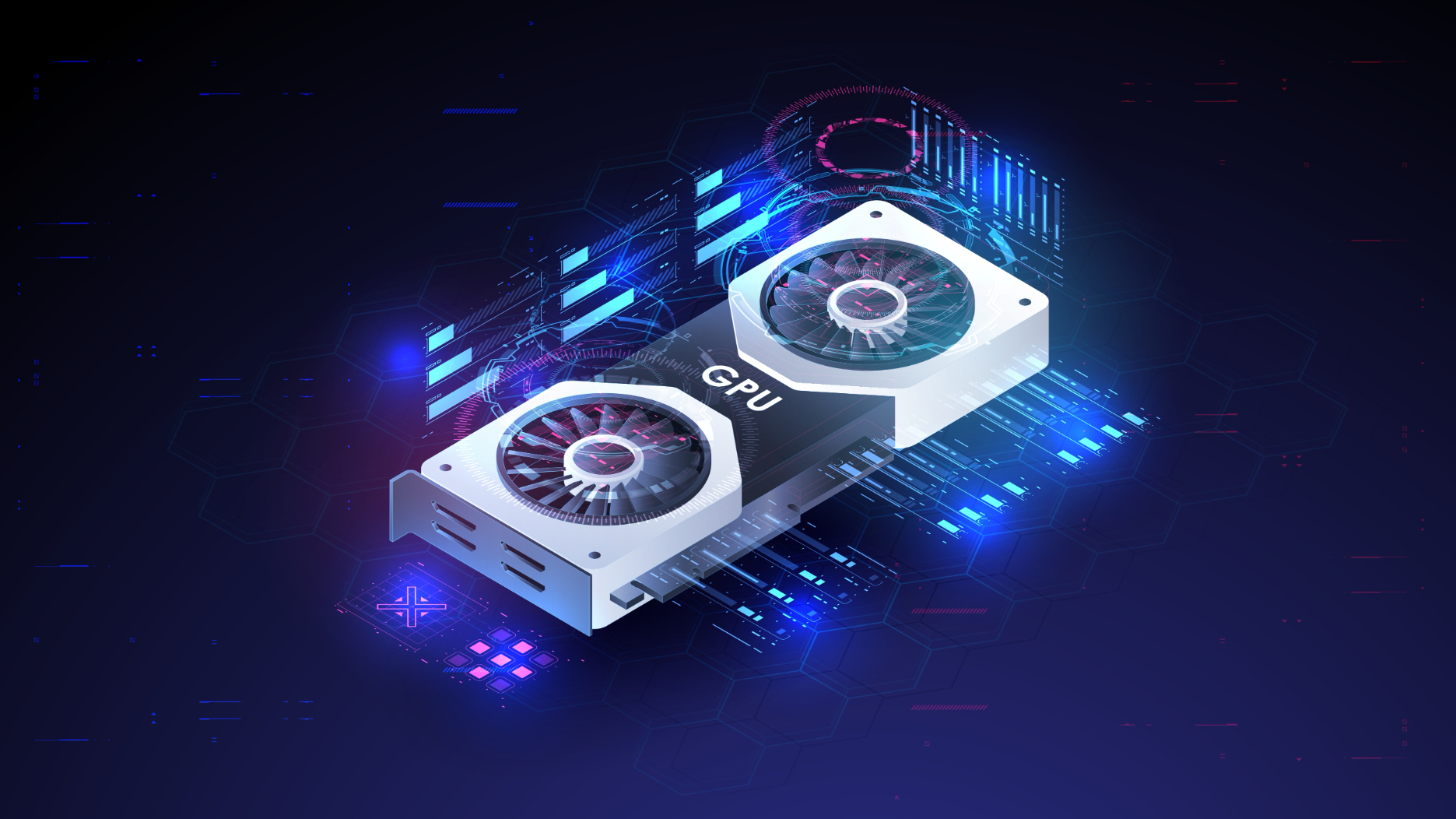



















































































































































![[The AI Show Episode 144]: ChatGPT’s New Memory, Shopify CEO’s Leaked “AI First” Memo, Google Cloud Next Releases, o3 and o4-mini Coming Soon & Llama 4’s Rocky Launch](https://www.marketingaiinstitute.com/hubfs/ep%20144%20cover.png)















































































































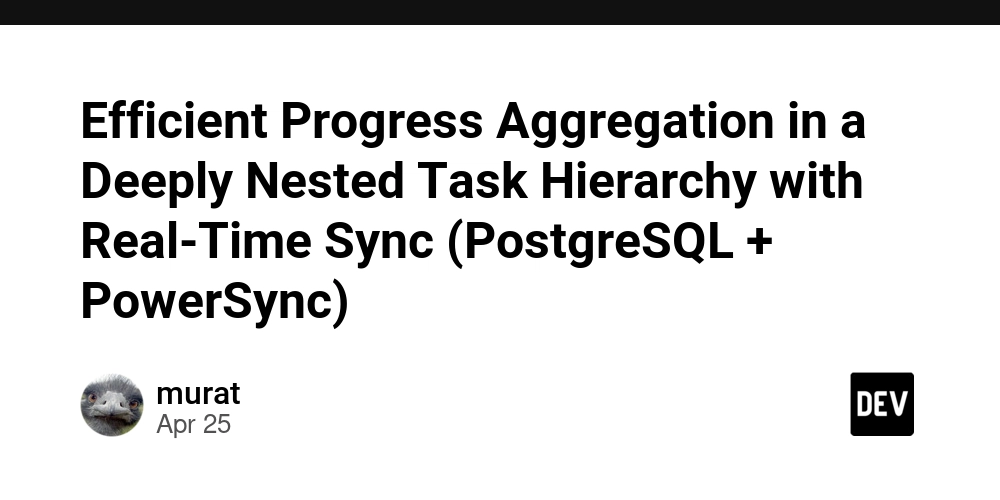

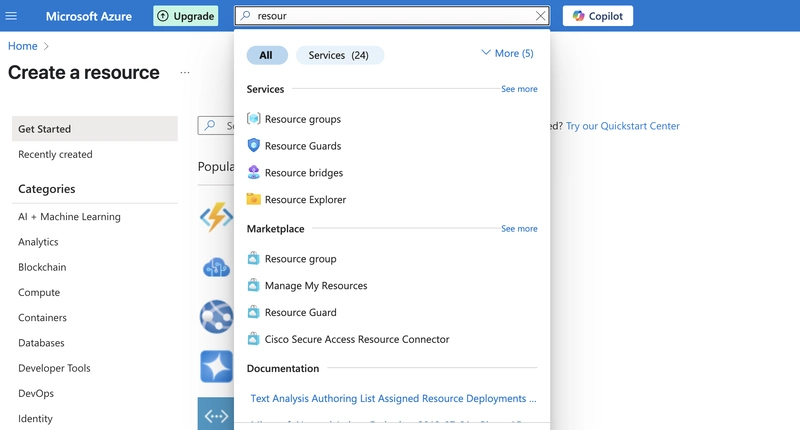
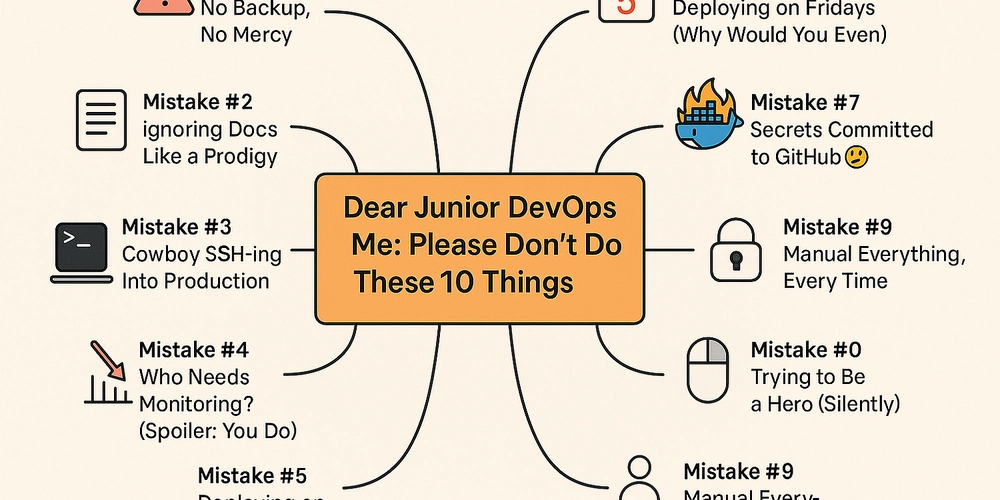

































































.jpg?width=1920&height=1920&fit=bounds&quality=70&format=jpg&auto=webp#)






















































































_Olekcii_Mach_Alamy.jpg?width=1280&auto=webp&quality=80&disable=upscale#)















































































































![Apple Drops New Immersive Adventure Episode for Vision Pro: 'Hill Climb' [Video]](https://www.iclarified.com/images/news/97133/97133/97133-640.jpg)

![Most iPhones Sold in the U.S. Will Be Made in India by 2026 [Report]](https://www.iclarified.com/images/news/97130/97130/97130-640.jpg)
![Apple to Shift Robotics Unit From AI Division to Hardware Engineering [Report]](https://www.iclarified.com/images/news/97128/97128/97128-640.jpg)
































































































































